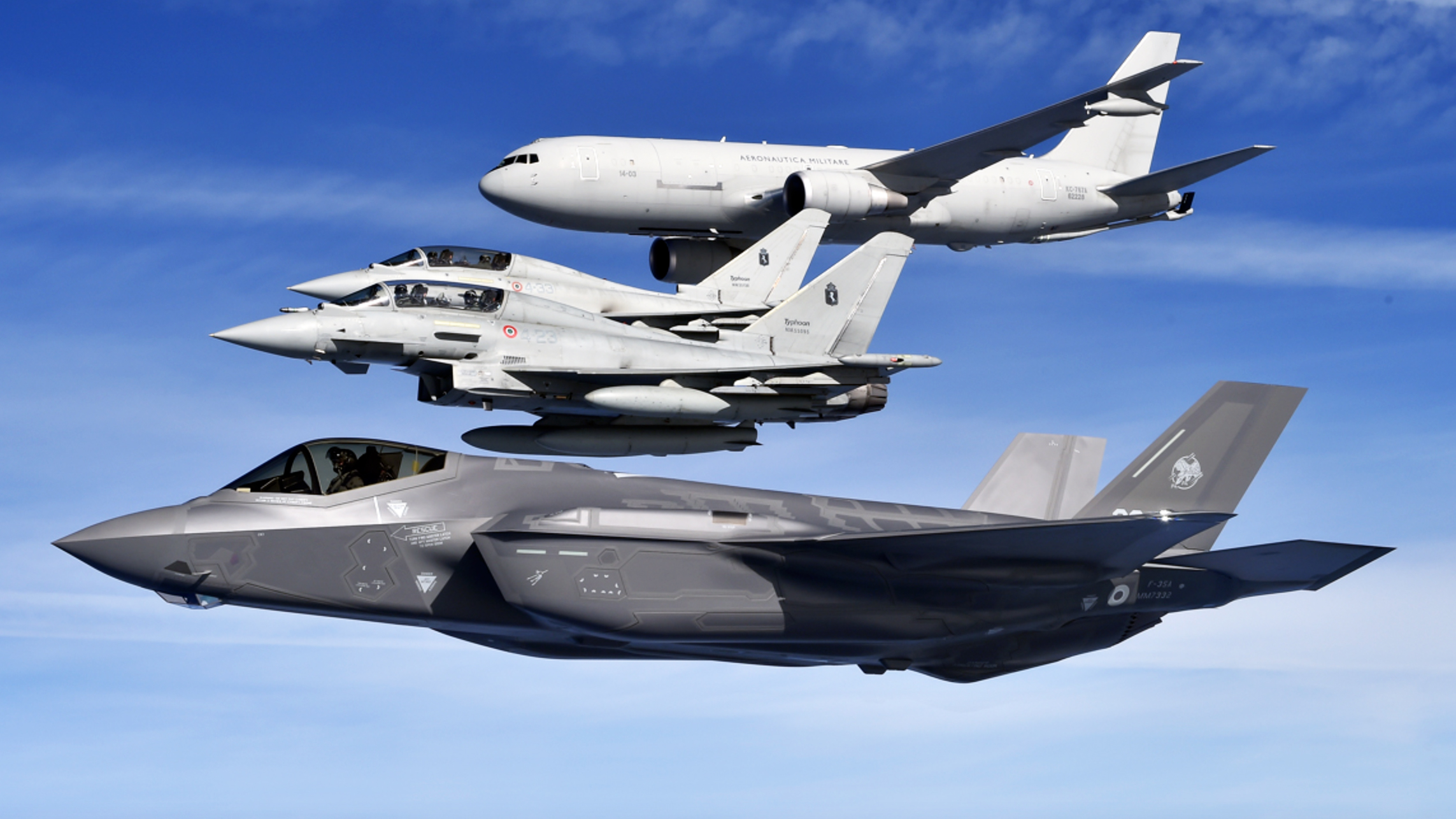The Italian Air Force, or Aeronautica Militare, has marked its centenary, providing a chance to look back on one of the richest — and most turbulent — histories of any European air arm, one that has operated under different identities and in various trouble spots around the globe. From its humble origins, via legendary record-breaking flights in the interwar period, today’s Aeronautica Militare offers cutting-edge capabilities, including stealth fighter jets and powerful electronic warfare and surveillance assets, befitting its status as a ‘fifth-generation’ air force.
Established as an independent entity on March 28, 1923, the Italian Air Force marked its 100-year milestone yesterday, with a large-scale flypast over central Rome, witnessed by various dignitaries including the president and the prime minister. The flypast included examples of some of the air force’s latest equipment as well as its aerobatic demonstration team, the Frecce Tricolori — almost certainly the service’s best-known representatives around the world today.
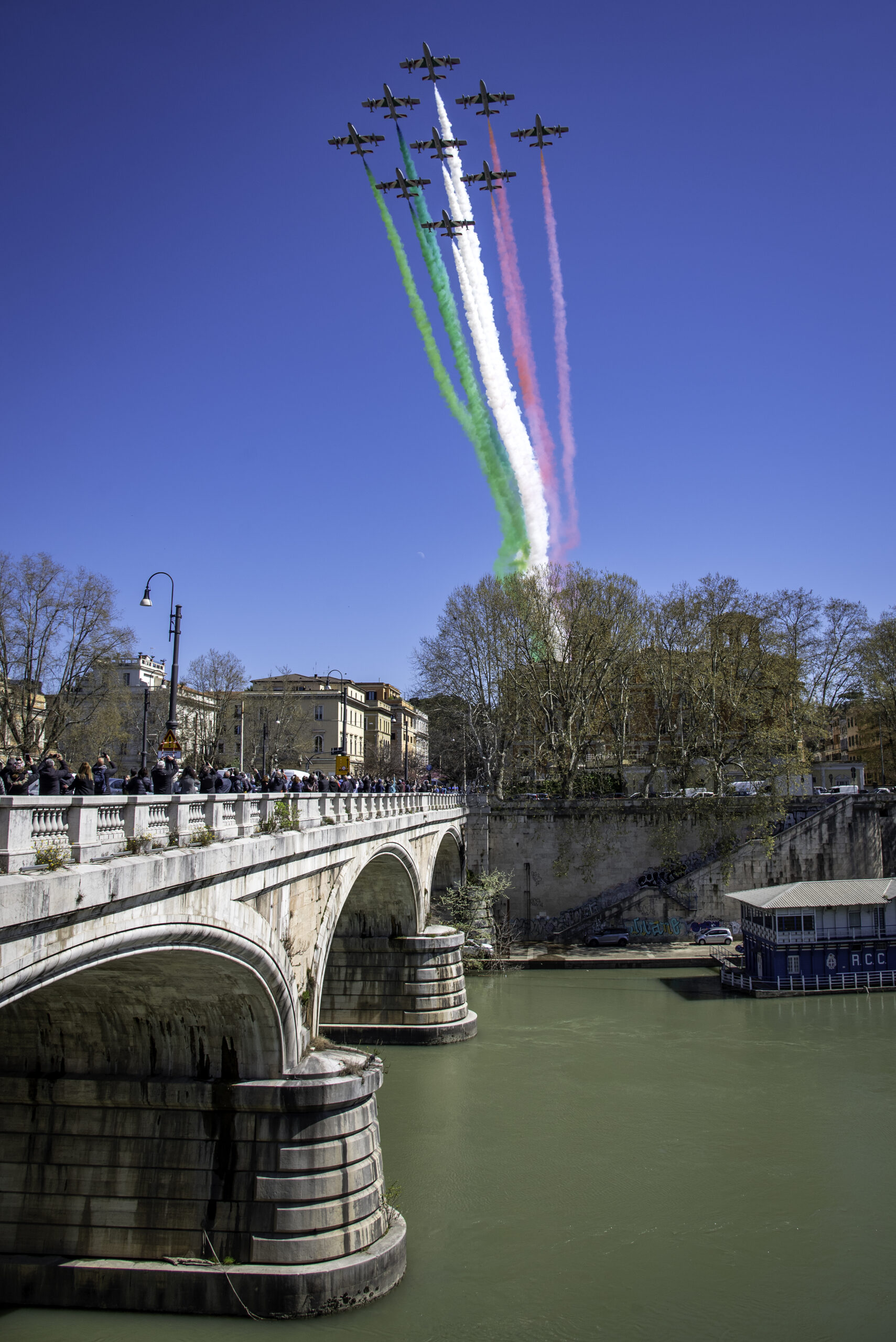
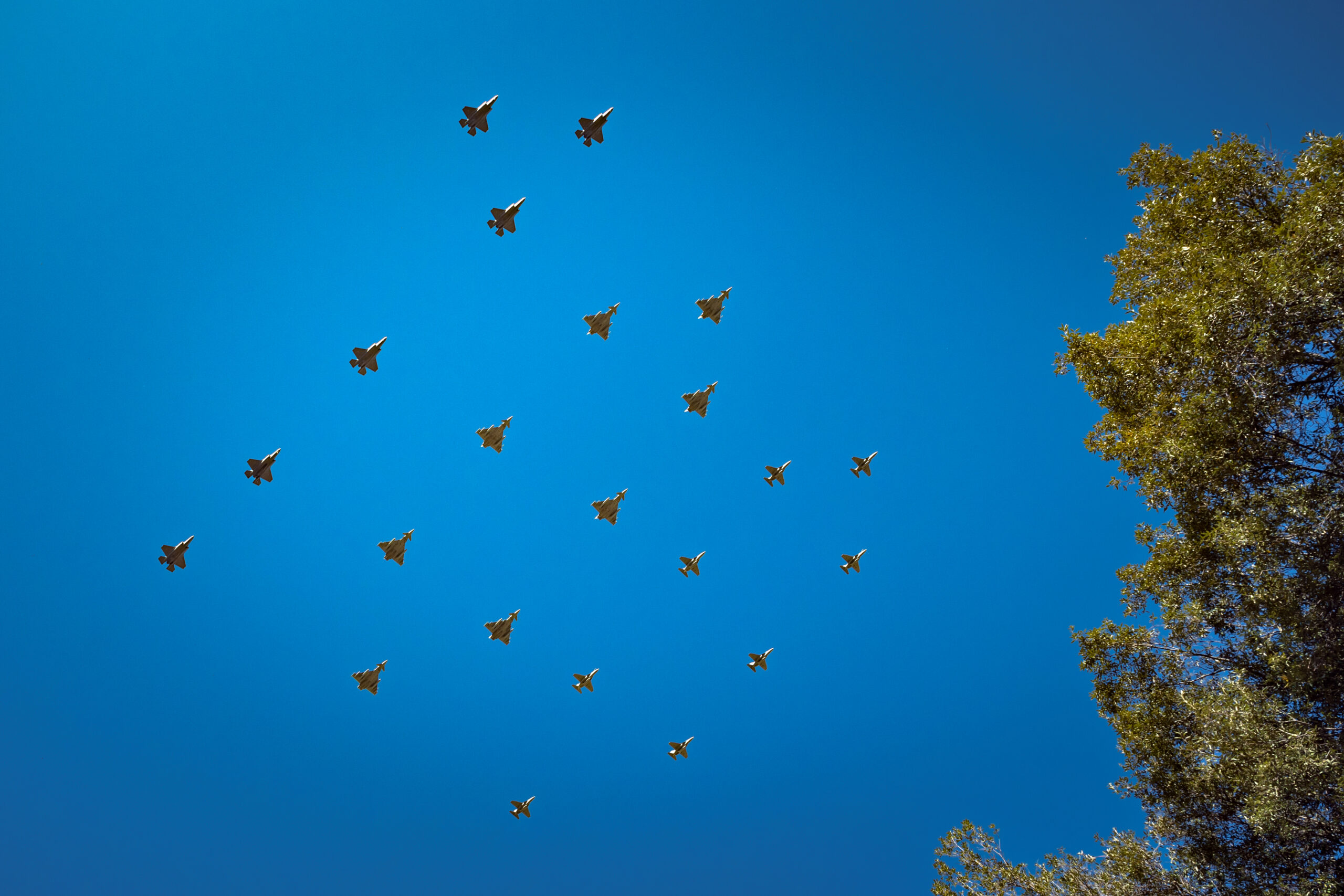
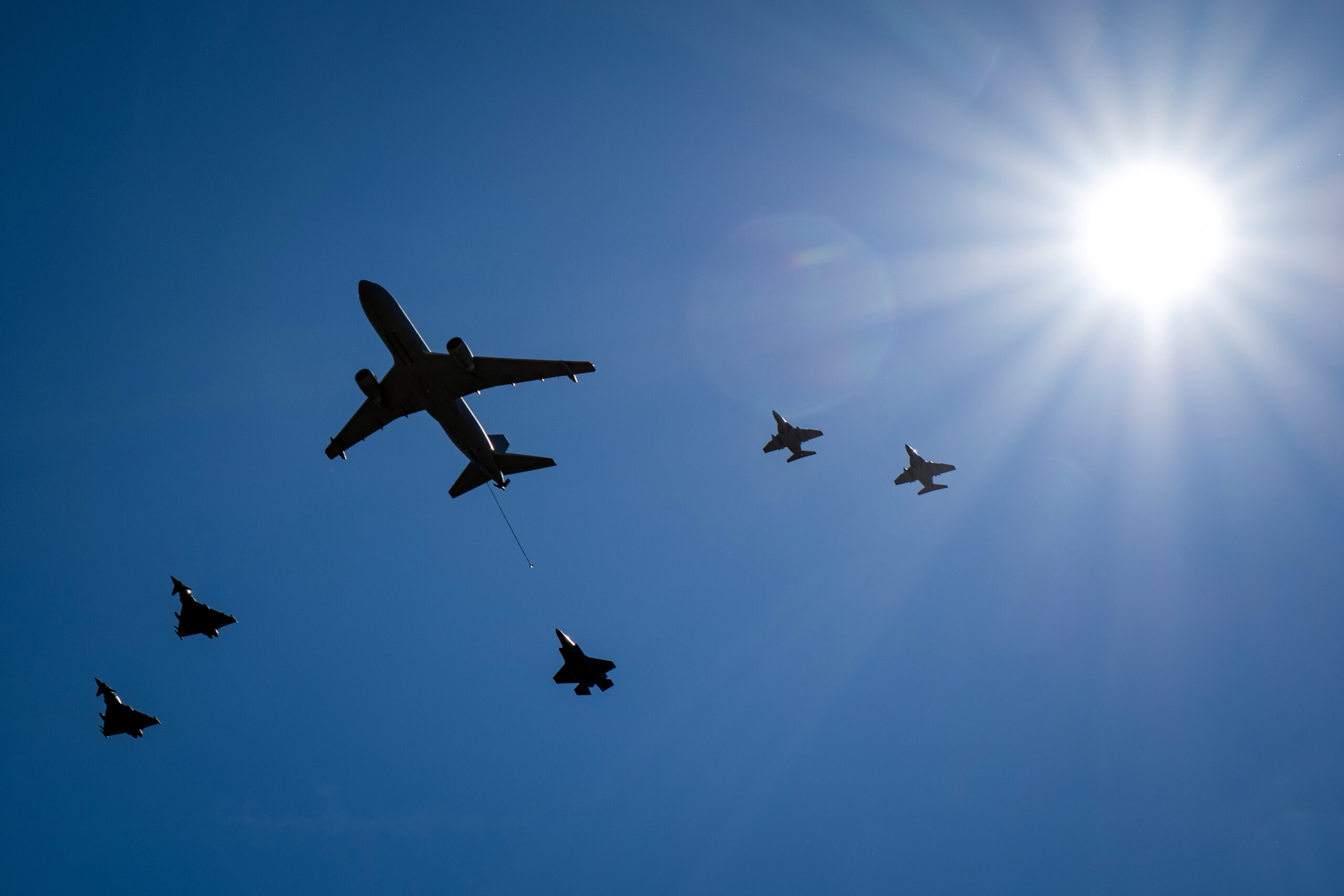
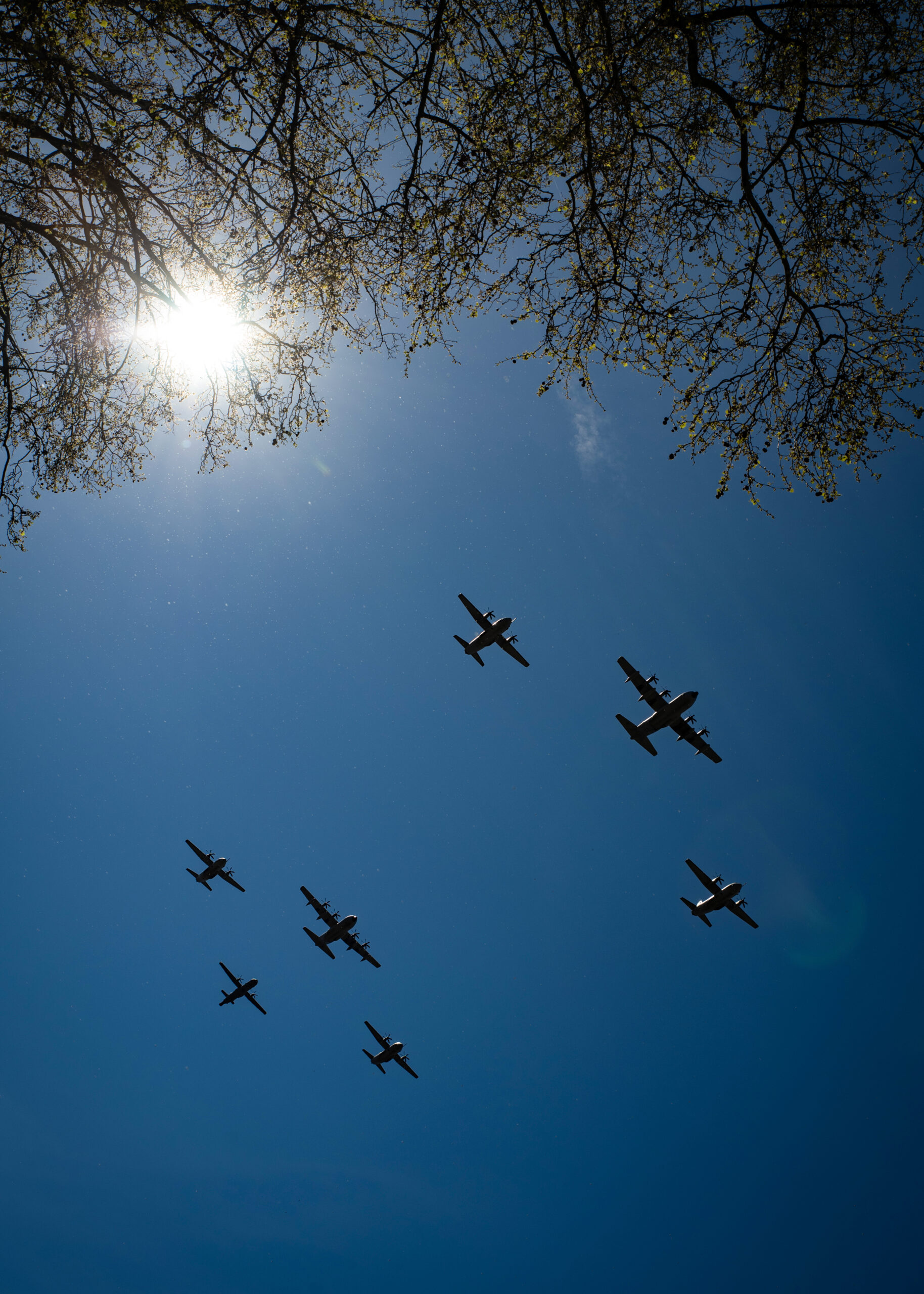
The roots of Italian military aviation go back further than 1923, however. The Italian military began using lighter-than-air craft in combat as long ago as 1888, when three balloons were operated in the then-Italian colony of Eritrea during the Italo-Ethiopian War of 1887–89. Deployed around the port city of Massawa, these tethered balloons were used to observe Ethiopian troop movements.
Once heavier-than-air aircraft had been proven, the then-Kingdom of Italy rapidly adopted these for military purposes. It was from an Italian-flown Etrich Taube monoplane that the very first aerial bomb was dropped, on November 1, 1911. The pilot, Giulio Gavotti, was attempting to attack Turkish positions in Libya, during the Italo-Turkish War, fought between 1911 and 1912.
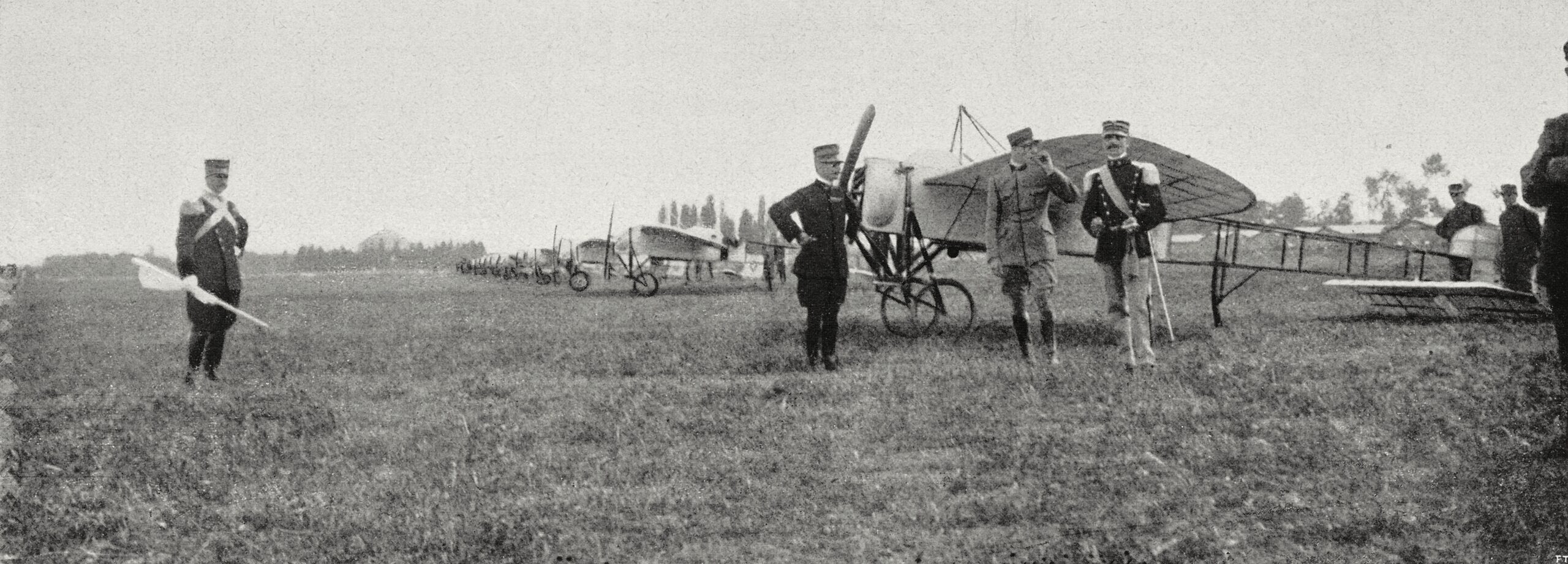
These pioneering Italian activities helped establish the place of heavier-than-air aircraft in military use, such that by World War I, planes were being used for a wider variety of roles, including observation, bombing, and eventually also air-to-air combat. Much of the traditions and heraldry of the modern Italian Air Force can be traced back to World War I, when a string of aces including Baracca, Scaroni, Piccio, Baracchini, Ruffo di Calabria, and Ranza were feted as celebrities.
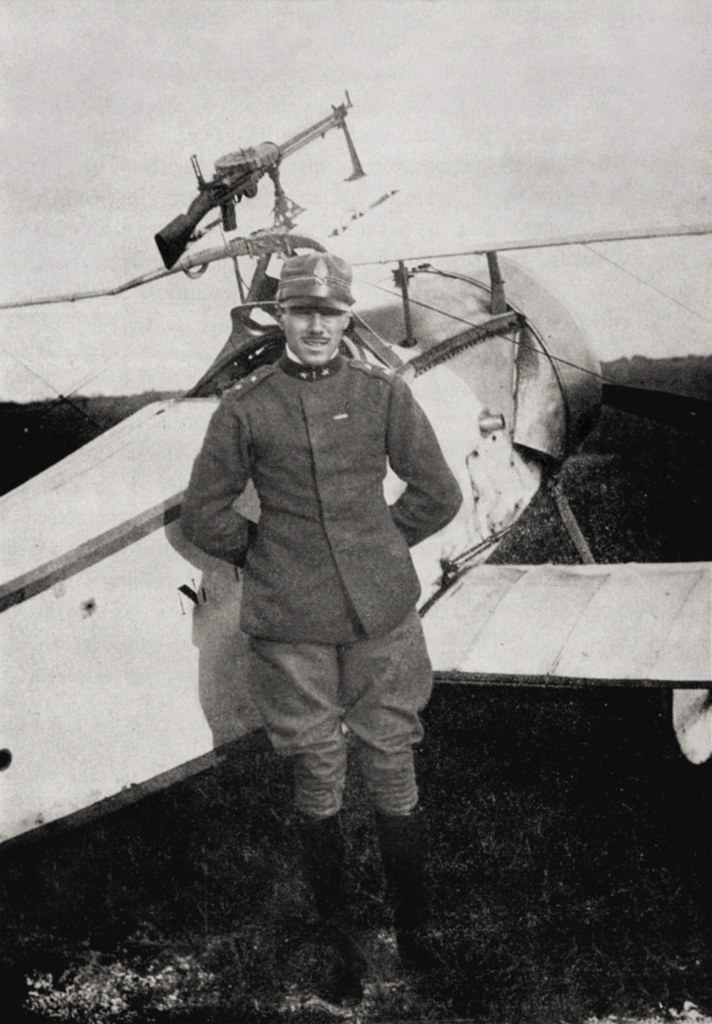
In the years immediately after World War I, Italy’s military aviators became household names further afield, with a series of daring long-range flights that pushed the limits of the technologies of the day — and the stamina and skill of the crews themselves. In 1920, a crew led by Arturo Ferrarin and Guido Masiero won an air race between Rome and Tokyo, their Ansaldo SVA biplane covering a distance of almost 5,000 miles in 109 hours of flight.
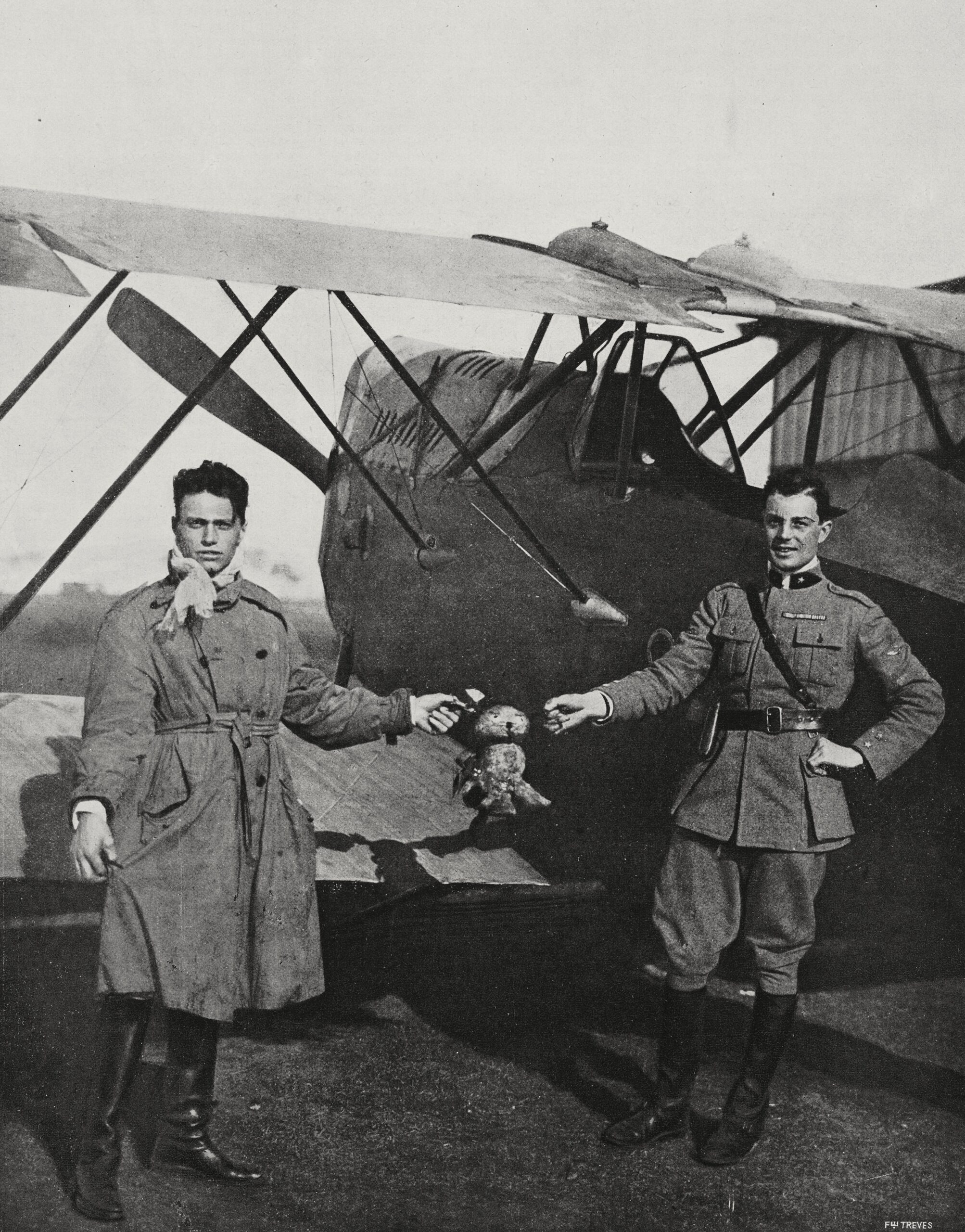
After the formal establishment of the Italian Air Force in 1923 — at that time the air arm was known as the Regia Aeronautica, or Royal Air Force — such trailblazing flights continued, more often than not in the service of the National Fascist Party, led by Benito Mussolini, which had come to power in 1922. As the Italian Air Force itself recalls, “the airplane perfectly embodied the model of modernity, heroism, and capacity for record-breaking feats advocated by the [Fascist] regime.”
In 1925, Francesco de Pinedo and Ernesto Campanelli flew over 34,000 miles, from Sesto Calende in Italy to Melbourne, then on to Tokyo and back to Rome. Two years later, de Pinedo led a crew on an epic 30,000-mile ‘four continents’ flight with a route that took in Rio De Janeiro, Buenos Aires, Asunción, New York, Lisbon, and Rome. The potential of airships for long-range flights was exploited too, most notably the Norge that carried out the first verified trip of any kind to the North Pole, with an overflight in 1926.
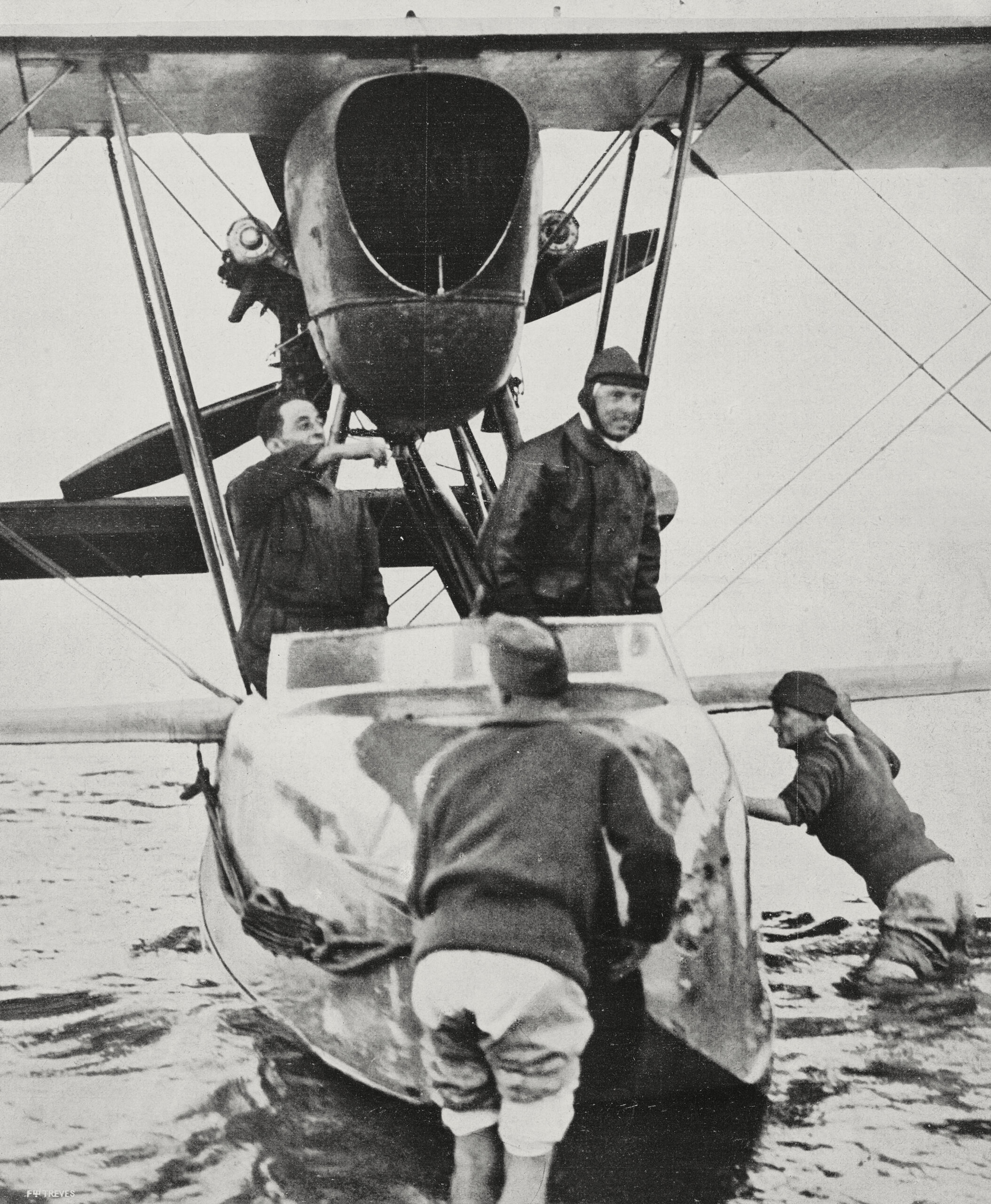
Under the leadership of Italo Balbo, the Minister of Aeronautics, the Regia Aeronautica’s long-range exploits would soon reach their zenith. In 1928, the Western Mediterranean Cruise saw a formation of 61 Savoia-Marchetti S.55s and S.69s from the Italian seaplane base at Orbetello fly to the Iberian Peninsula and back. The following year, 35 seaplanes ventured into the Eastern Mediterranean, with stopovers in Taranto, Athens, Istanbul, Varna, Odessa, and Constanta, before returning to Orbetello. Most impressive, surely, were the Atlantic crossings, led by Balbo himself, which included a 1930–31 flight to Rio de Janeiro, as well as a flight to New York in 1933 by a formation of 24 S.55X seaplanes.
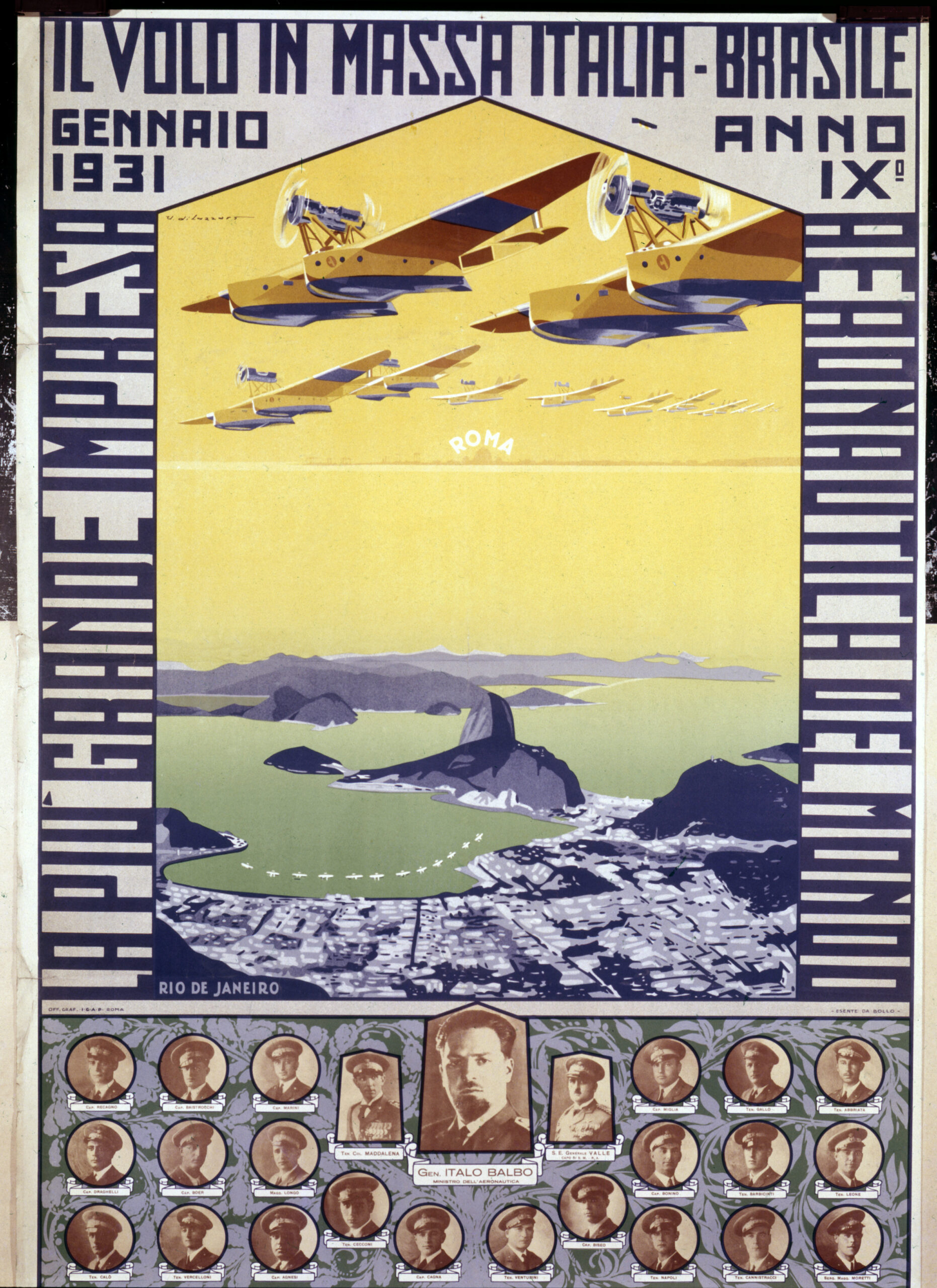
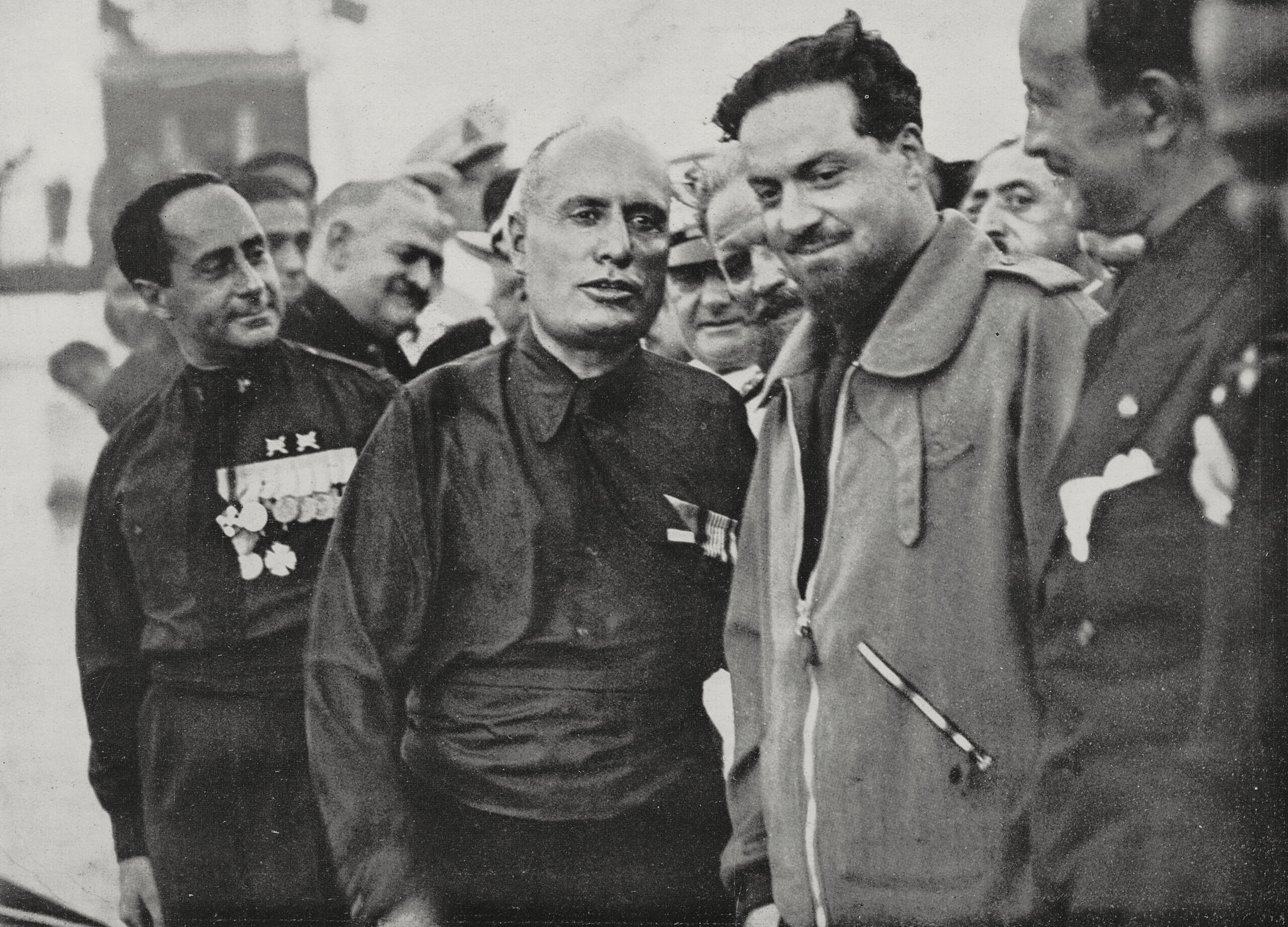
While the Regia Aeronautica captured the imagination of the public and, at the same time, 33 of the 84 records recognized at the time by the Fédération Aéronautique Internationale, war clouds were also gathering. The Second Italo-Ethiopian War of 1935–37 saw extensive involvement by the Regia Aeronautica, which gained notoriety for its attacks on civilian targets including the use of chemical weapons. Italy’s support for its fellow fascists in Spain also saw the Regia Aeronautica go to war during the Spanish Civil War of 1936–39. Once again, civilians were targeted, including heavy Italian bombing raids on cities, in a rehearsal for what would follow in World War II.
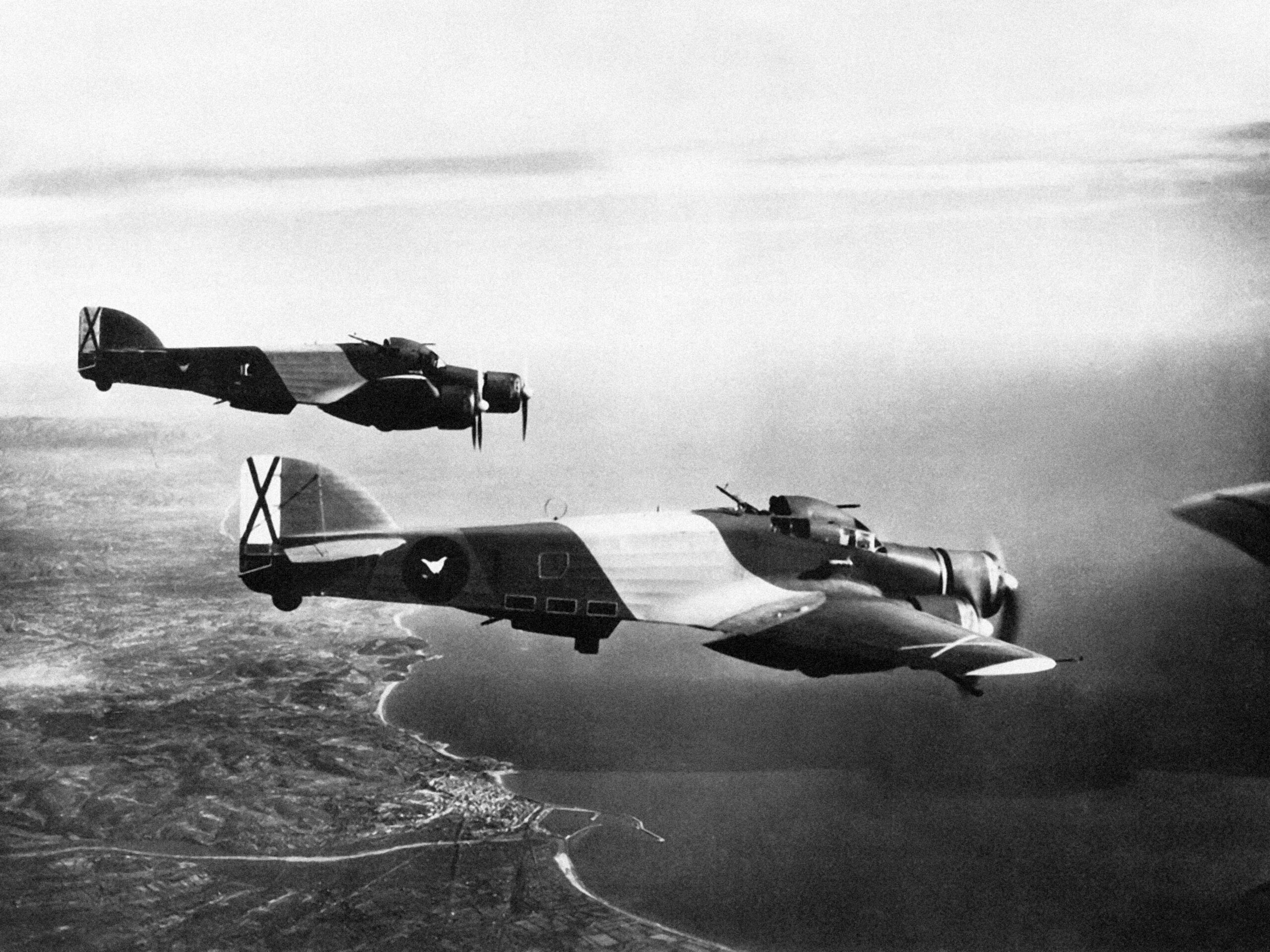
Italy’s entry into World War II on the side of Nazi Germany on June 10, 1940, found the Regia Aeronautica numerically strong, with around 3,000 aircraft, although only around two-thirds of these were operational and many of them were technically obsolescent, or at least outclassed by the latest Allied equipment. The Regia Aeronautica was engaged in combat in multiple theaters, including across the Mediterranean, in North Africa, the Balkans, as well as on the Eastern Front in support of the German invasion of the Soviet Union. Ultimately, the steady collapse of the Italian war machine and the Allied invasion of Sicily, followed by the Italian mainland, left the Regia Aeronautica fighting a desperate defensive war in Italy itself.
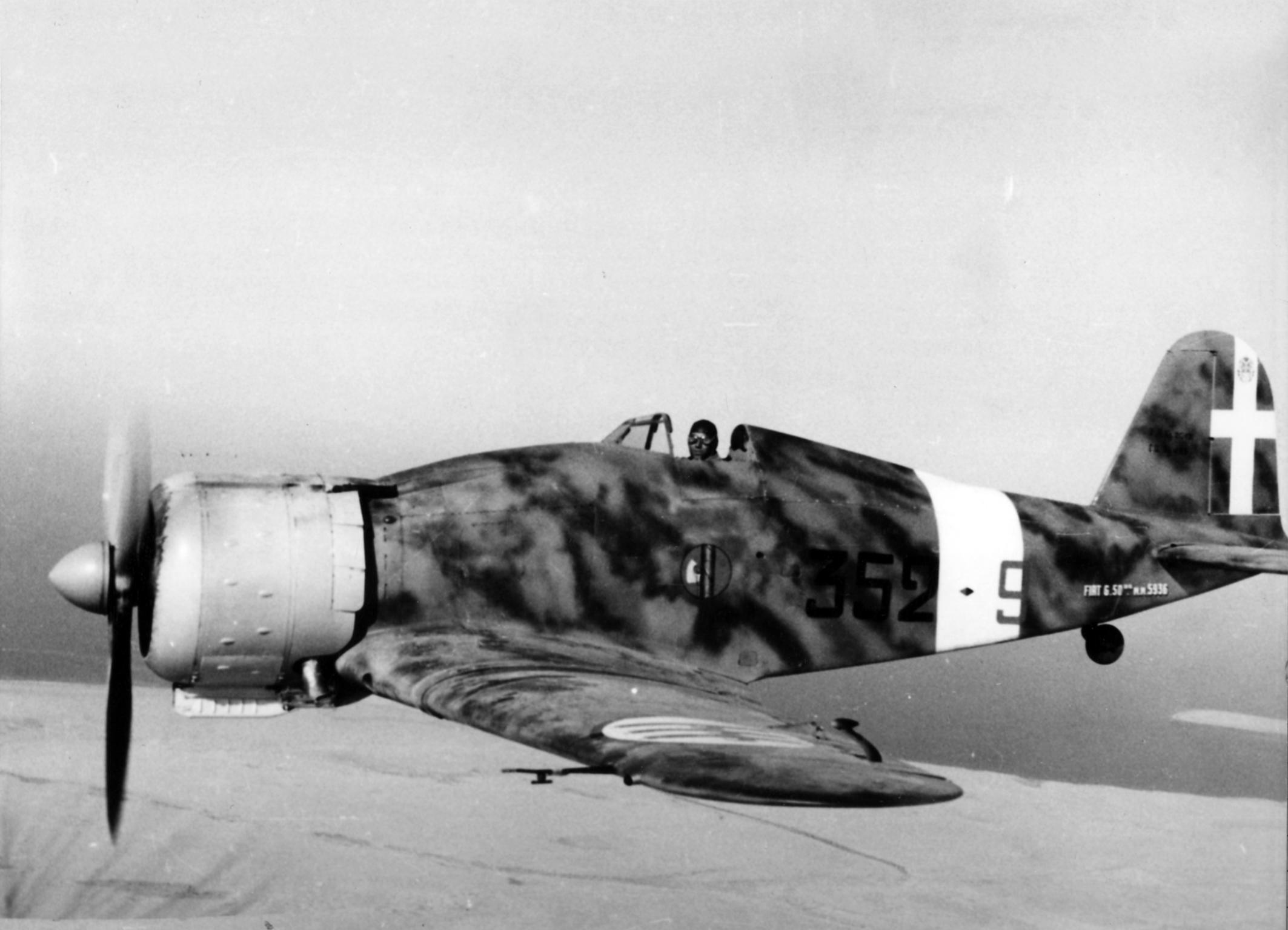
The Italian armistice with the Allies in September 1943 left a complex situation for what was left of the Regia Aeronautica. Some of its airmen continued to fight alongside the Germans, now under the flag of the anti-monarchist Italian Social Republic. Others adhered to the armistice and joined the fight against the Germans now occupying Italy, while others still became part of irregular partisan formations, fighting against the Germans and Mussolini’s forces.
In this way, despite the armistice, different elements of the Italian Air Force continued to fight until the final defeat of Nazi Germany on May 8, 1945. A year later, in 1946, the Regia Aeronautica was disbanded and the Aeronautica Militare was established in its place.

Rebuilding the air force after the ravages of war presented significant challenges, but the Italian Air Force met them, buoyed also by a resurgent postwar domestic aviation industry. In 1949, Italy joined NATO and the Aeronautica Militare provided an increasingly capable force for the alliance. Extensive support came in the form of U.S. military aid, but it was a British aircraft, the de Havilland Vampire, that provided the air force’s first jet fighter, which was also built locally under license.
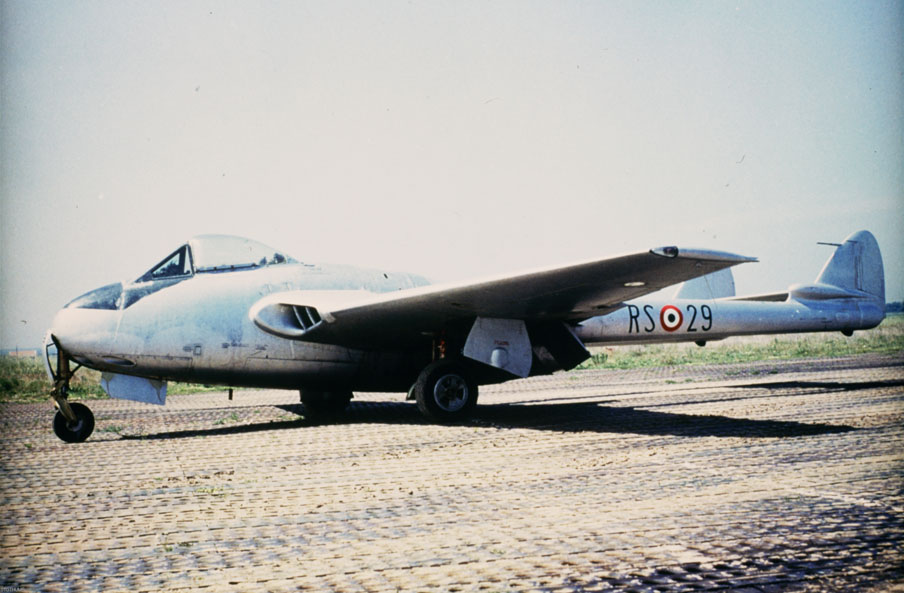
By the 1960s, the Italian Air Force had firmly entered the supersonic era, with the Mach-2-capable F-104 Starfighter — also produced locally — spearheading its fighter, strike, and reconnaissance units. Italy was an enthusiastic operator of the F-104, with the last examples not being retired until 2004, by now having been comprehensively upgraded. In the meantime, local industry produced a string of world-class training aircraft and transports, eagerly adopted by the Aeronautica Militare, while Italian manufacturers also contributed heavily to the Panavia Tornado strike/defense-suppression/reconnaissance aircraft and the AMX ground-attack/reconnaissance aircraft, both of which remain in use, in dwindling numbers, today.

While defending NATO’s southern flank, including through nuclear strike, would have been the Aeronautica Militare’s primary Cold War mission, from the 1960s onward it also became increasingly active in international missions, including in the former Belgian Congo on behalf of the United Nations. One of the air force’s most calamitous post-war incidents came during that Congo mission, when 13 crew members from two C-119 Flying Boxcar transport aircraft were massacred in Kindu Port-Émpain, on November 11, 1961. The C-119s had been flying humanitarian transport missions at the time of the massacre.
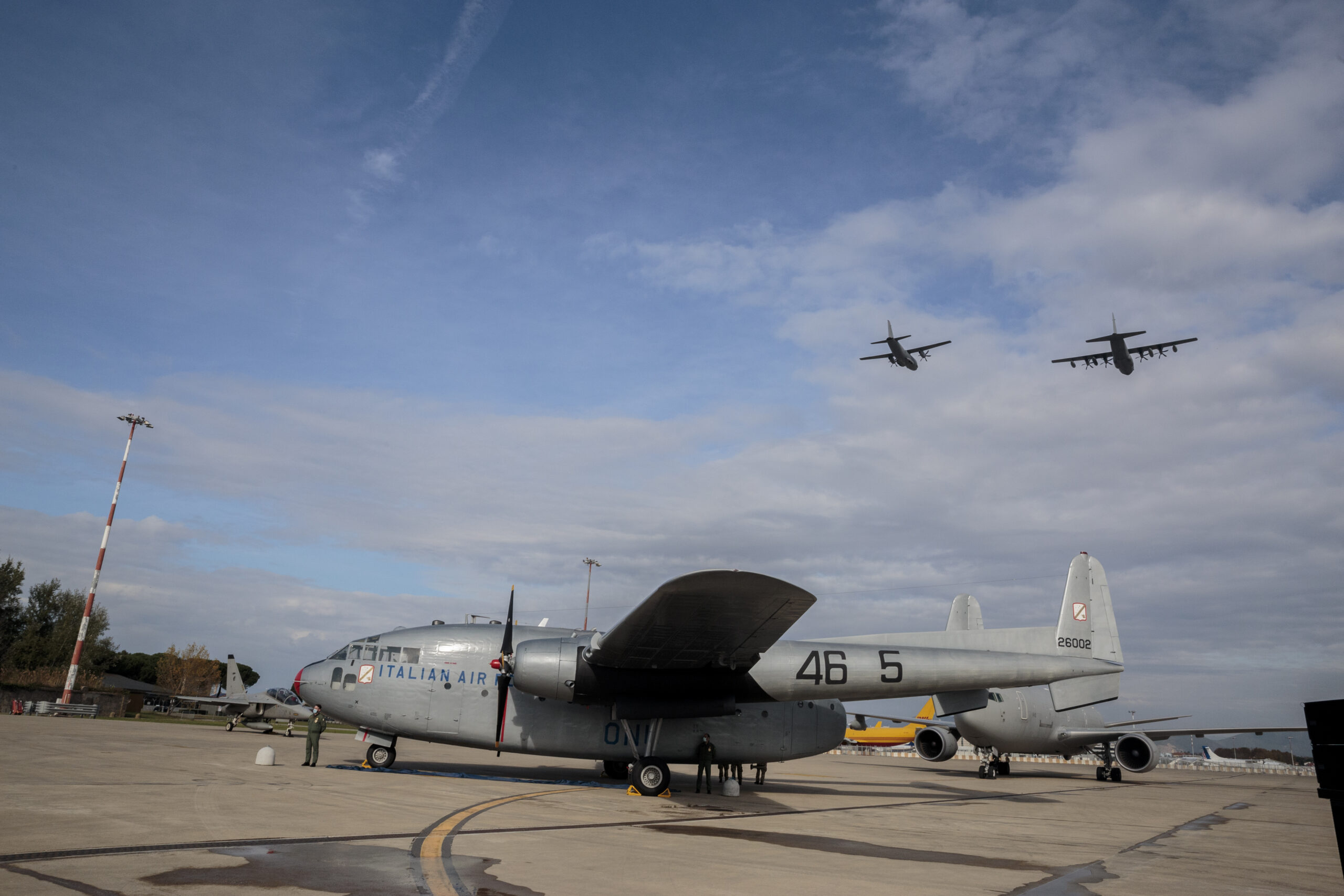
With the end of the Cold War, the Italian Air Force became ever more involved in out-of-area operations, including both peacekeeping and combat. An Aeronautica Militare contingent fought in the Gulf War of 1990–91 and other assignments in the same decade took the air force to Somalia, the former Yugoslavia and the Balkans, Eritrea, and East Timor.
Responding to the changes in the global security situation after the terror attacks of 9/11, the Italian Air Force has been an active participant in operations in both Afghanistan and the Middle East. Operations in the Afghan theater were managed via a Reparto Operativo Autonomo (Autonomous Operations Wing) established in Bagram, and another in Manas, Kyrgyzstan. The Italian contingent was successively involved in Operation Enduring Freedom and in support of the International Security Assistance Force (ISAF), and also played an important role in training personnel from the Afghan Air Force.
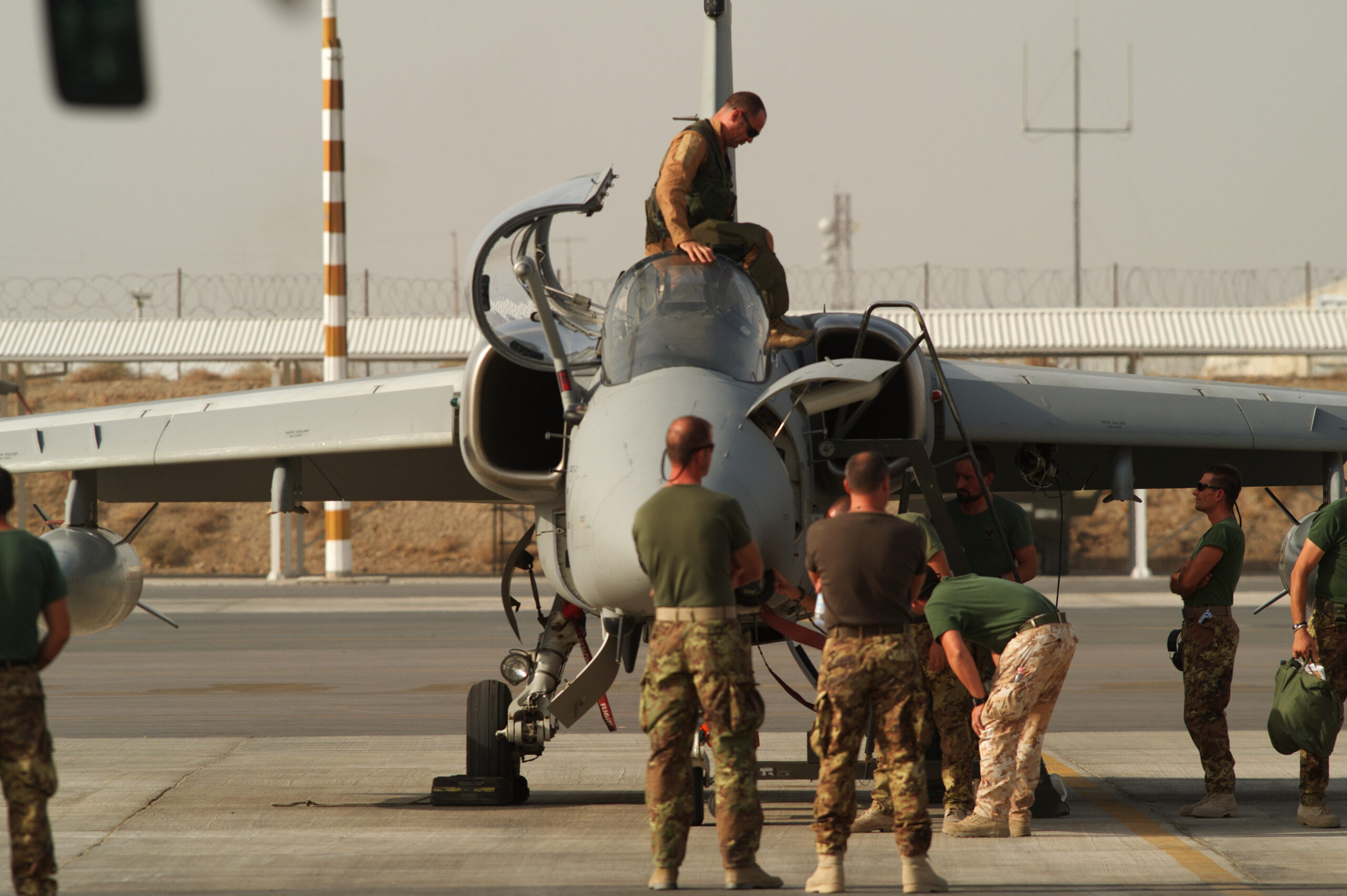
From 2003, under an operation named Antica Babilonia (Ancient Babylon), elements of the Aeronautica Militare were deployed to Tallil in Iraq, and to Abu Dhabi. The first assets to be deployed were C-130J transports, HH-3F combat search and rescue helicopters, and MQ-1C Predator drones, while Tornado and AMX jets were later used for reconnaissance in the Middle East.
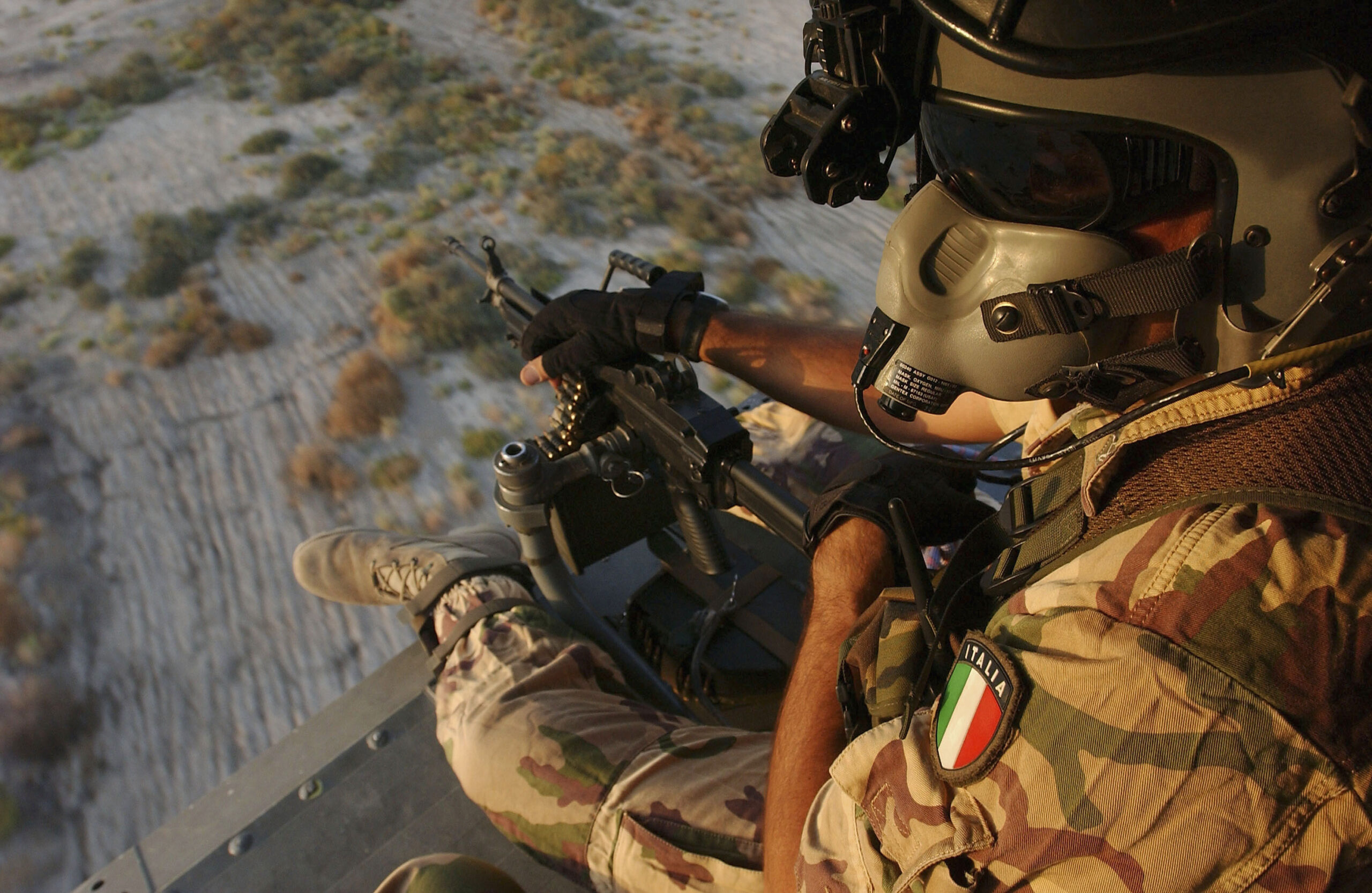
The new millennium has seen the Italian Air Force emerge as a highly modern and multi-faceted air arm, often at the forefront of new technologies and capabilities, at least within the European context. By 2005, military conscription had ended and the veteran F-104 had been retired, while the multirole Eurofighter Typhoon (another result of Italian coproduction) was entering service, under the local designation F-2000.
At the beginning of the following decade, the Italian Air Force was at war again, this time in response to the deteriorating situation in Libya, under Operations Odyssey Dawn and Unified Protector.
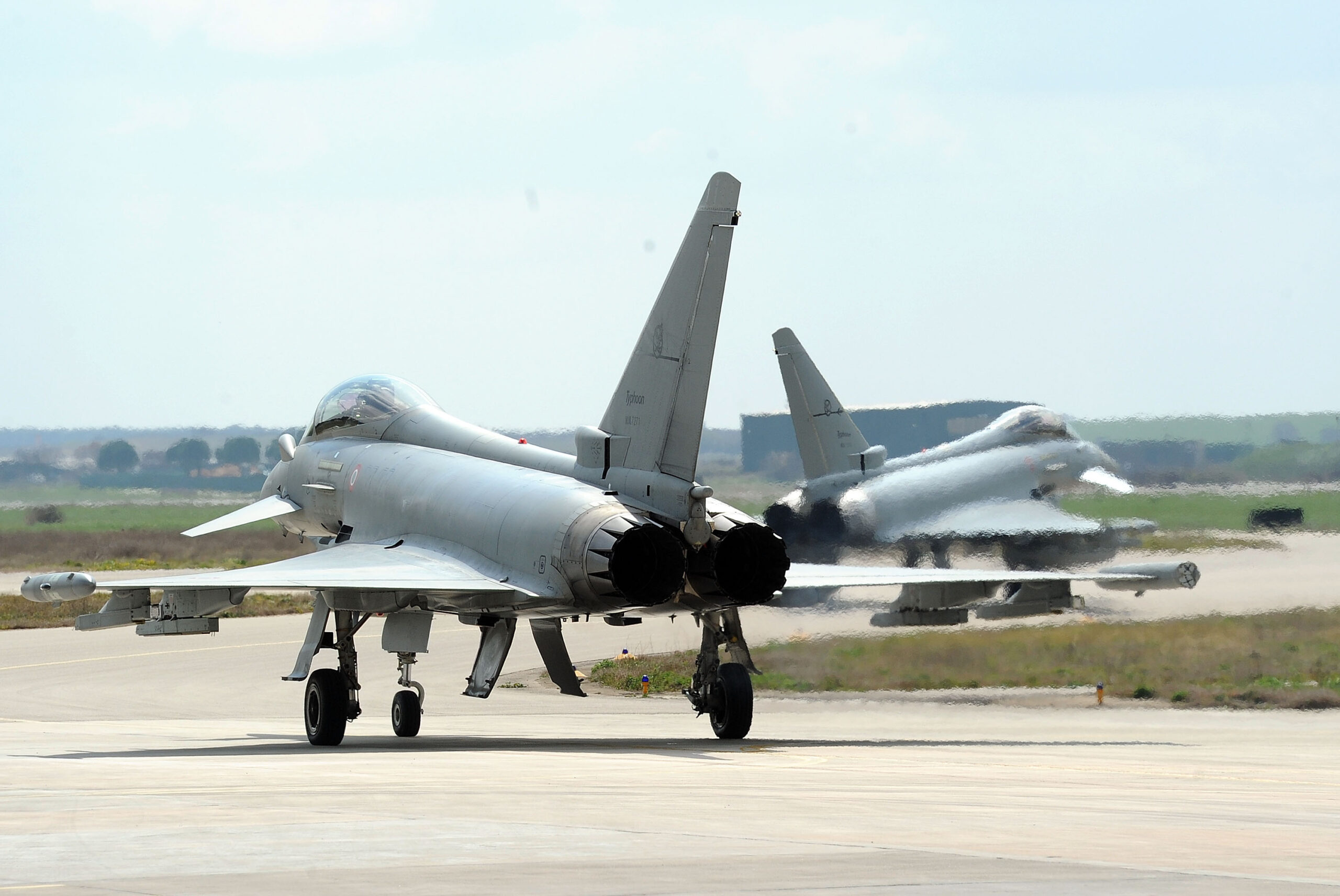
The modernization of the Italian Air Force is today encapsulated in the F-35 stealth fighter, operated both in conventional takeoff and landing (CTOL) and short takeoff and vertical landing (STOVL) versions — the latter is also flown from aircraft carriers by the Italian Navy, as part of a split fleet. Once again, Italy is part of the production effort, with a Joint Strike Fighter Final Assembly and Check Out (FACO) facility — one of only two outside the United States — operated by Leonardo at Cameri.
However, the stealth jet is just one element within a forward-looking air force and one that continues to offer a combination of capabilities that can’t be found in any other European air arm. As well as continuing to operate dedicated defense suppression (Tornado ECR), aerial refueling (KC-767), and combat search and rescue (HH-101 and HH-139) units, the Italian Air Force has embraced the potential of force-multipliers in the C4ISR domain — command, control, communications, computers, intelligence, surveillance, and reconnaissance.

The Italian Air Force is one of the few European air arms with a sovereign airborne early warning (AEW) capability, in its Gulfstream E-550A Conformal AEW aircraft. These also offer battle management and command and control (C2) functions and are a highly logical adjunct to the F-35’s powerful onboard sensors and unique networking capabilities, which can also be used to enhance the effectiveness of the fourth-generation Typhoon, and other assets.
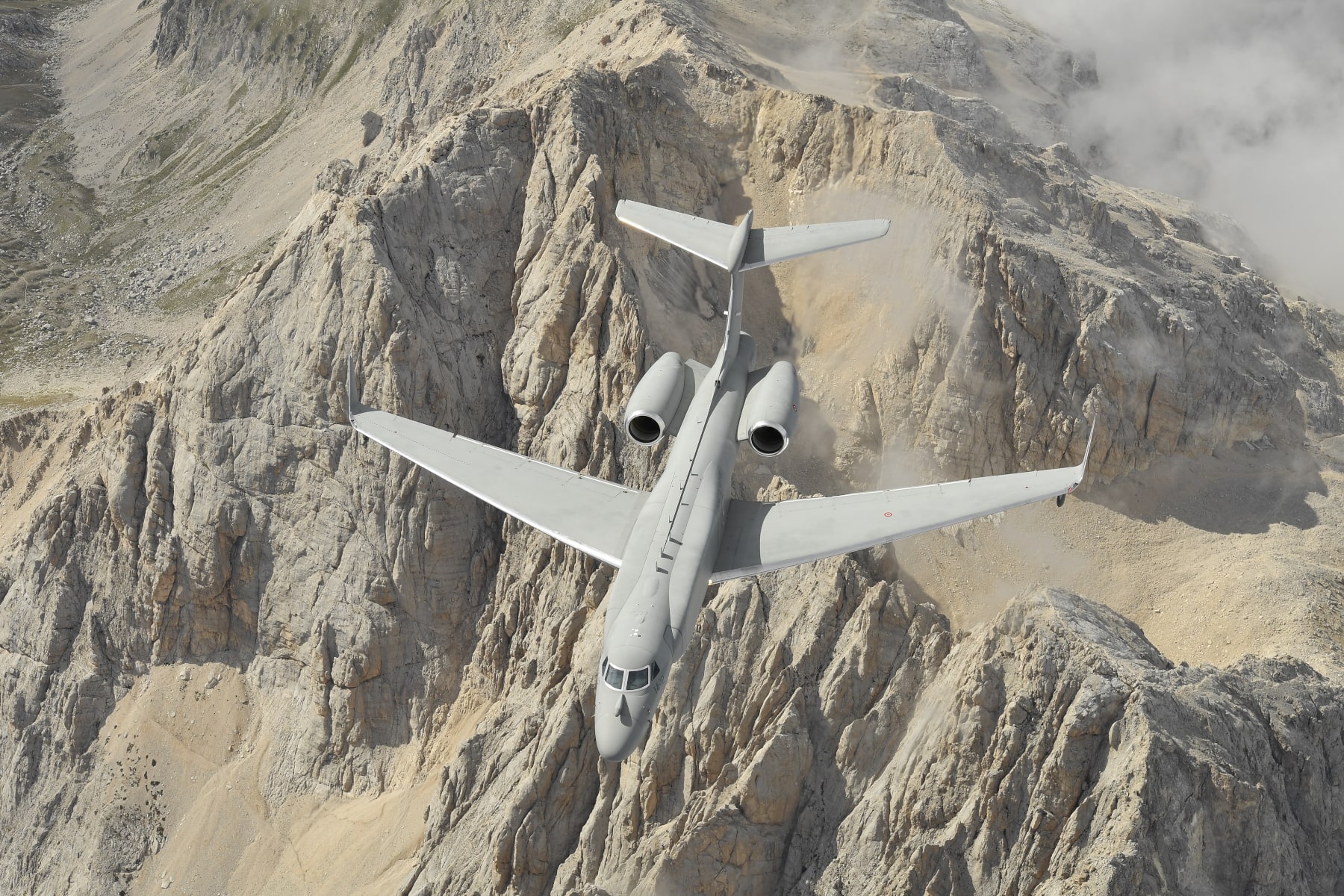
Beyond the two E-550As, the Italian Air Force is also looking forward to an expanded C4ISR potential through the addition of as many as eight Gulfstream G550s in Multi-Mission Multi-Sensor (MMMS) configuration. These will boast electro-optical and infrared systems, an active electronically scanned array (AESA) radar, as well as airborne ISR and electronic warfare (AISREW) equipment.
The first new Gulfstream G550 after its arrival at Pratica di Mare Air Base, Italy, in April 2022, prior to conversion to MMMS configuration:
Meanwhile, after around 3,800 sorties (the majority of them in operational theaters), the Predator drone has given way to the far more capable armed MQ-9A Reaper. The Italian Air Force’s training offering remains second to none, its international training center attracting students from across the globe, with fighter pilots completing their syllabus on the advanced T-346 Master. The all-new T-345 is also now joining the training program, as a replacement for the aging MB-339 basic jet trainer. Ultimately, the T-345 will also be issued to the Frecce Tricolori, providing the demonstration team with a new mount for its many local and international appearances.
Looking further ahead, Italy is a part of the Global Combat Air Program (GCAP), an international coalition also involving the United Kingdom and Japan, which aims to jointly develop a new stealth fighter jet by 2035. While this bold sixth-generation fighter jet effort is not guaranteed success, Italian involvement from an early stage does show how committed the Air Force is to continued modernization.
All in all, as it begins its second century of operations, the Italian Air Force looks well positioned to face the operational challenges that might come its way.
With thanks to Giovanni Colla and Daniele Faccioli, whose stunning photographic work you can also check out here and here.
Contact the author: thomas@thedrive.com
